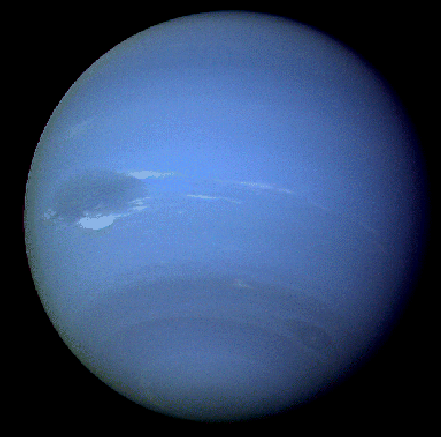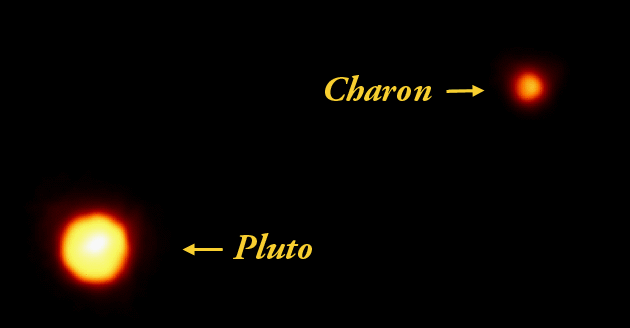|
|
MATERIALS
- flashlight
- drinking glass
- eye dropper
- milk
- water
- spoon
- field journal
- (optional) Guide to the planets in our solar system (provided
below)
|
|
| |
PROCEDURE
|
|
| |
|
|
Activity
- Fill the glass with water.
- In a darkened room, direct the flashlight beam horizontally
through the center of the water.
- Observe what you see and record in your journal.
- Use the eye dropper to add 1 drop of milk to the water.
- Stir with the spoon.
- Again, shine the light through the water. Observe what you see
and record in your journal. What color is the milky water?
|
|
| |
Assessment Ideas
- What happens to the other colors that comprise the white light
of the flashlight?
- Try other ingredients such as oil and vinegar. What happens
to the white light? What colors do you see? More importantly,
why do you see those particular colors?
|
|
|
|
| |
CROSS-CURRICULAR IDEAS
- Planetary Science: Nitrogen and oxygen molecules in the Earth's
atmosphere, like the milk particles, separate the blue light waves from
sunlight. Dust and water vapor within the Earth's atmosphere, just like
the milk particles, act to scatter more than just the blue light waves.
Therefore, clean and dry air conditions will produce the deepest blue
sky color; the blue waves in the light are scattered the most. Nonetheless,
Earth has a blue sky because of the oxygen and the nitrogen within the
atmosphere. Look at the images of planets provided below.
Why is Mars red? Why is Neptune
blue? Why is Jupiter orange and red? Are than
any other "blue" planets? Much of what we see is due to the
components (the gas and the amount of dust) of the atmosphere.
- Physics: What would happen to the colors of an atmosphere if
a giant asteroid or meteorite hit the surface of a planet sending dust
and water vapor into the atmosphere? How would the color of Earth's
atmosphere change? Shine a white light though a dark room, thick with
chalk dust (wear a mask). Chalk dust can easily be ascertained by pounding
dusty erasers together. What colors do you see?
|
|
| |
VOCABULARY
- absorb: to take in and make a part of itself reflect - to throw
back or be thrown back, as with light, heat, or sound
- electromagnetic spectrum: the range of wavelengths of radiation
created from a system of electric and magnetic fields. Electromagnetic
waves emanate from all forms of radiant energy sources including the
Sun, the earth, and even light bulbs.
- prism: A optical instrument such as a pyramid of glass. A pyramid
has 5 surfaces. When white light is refracted through the first surface
within the prism, it is bent to another surface. The light is then reflected
back into the air. During the refraction process, the white light is
broken up into its constituents wavelengths.
- reflect: to turn or throw backwards off a shiny surface (such
as a mirror).
- refract: to deflect or bend through a surface (such as a window).
- scatter: to separate or cause to separate in many directions.
- visible radiation: relatively shortwave radiant energy. Visible
radiation is the radiation that our eyes are sensitive (like the colors
of the rainbow). This type of radiation is part of the electromagnetic
spectrum.
|
|
| |
SOURCE
- Adapted from "Winds of Change" educational CD-ROM, Copyright
Caltech and NASA/Jet Propulsion Laboratory
- Planetary images and information from "Welcome to the Planets"
educational CD-ROM, Copyright Caltech and NASA/Jet Propulsion Laboratory
|
|







